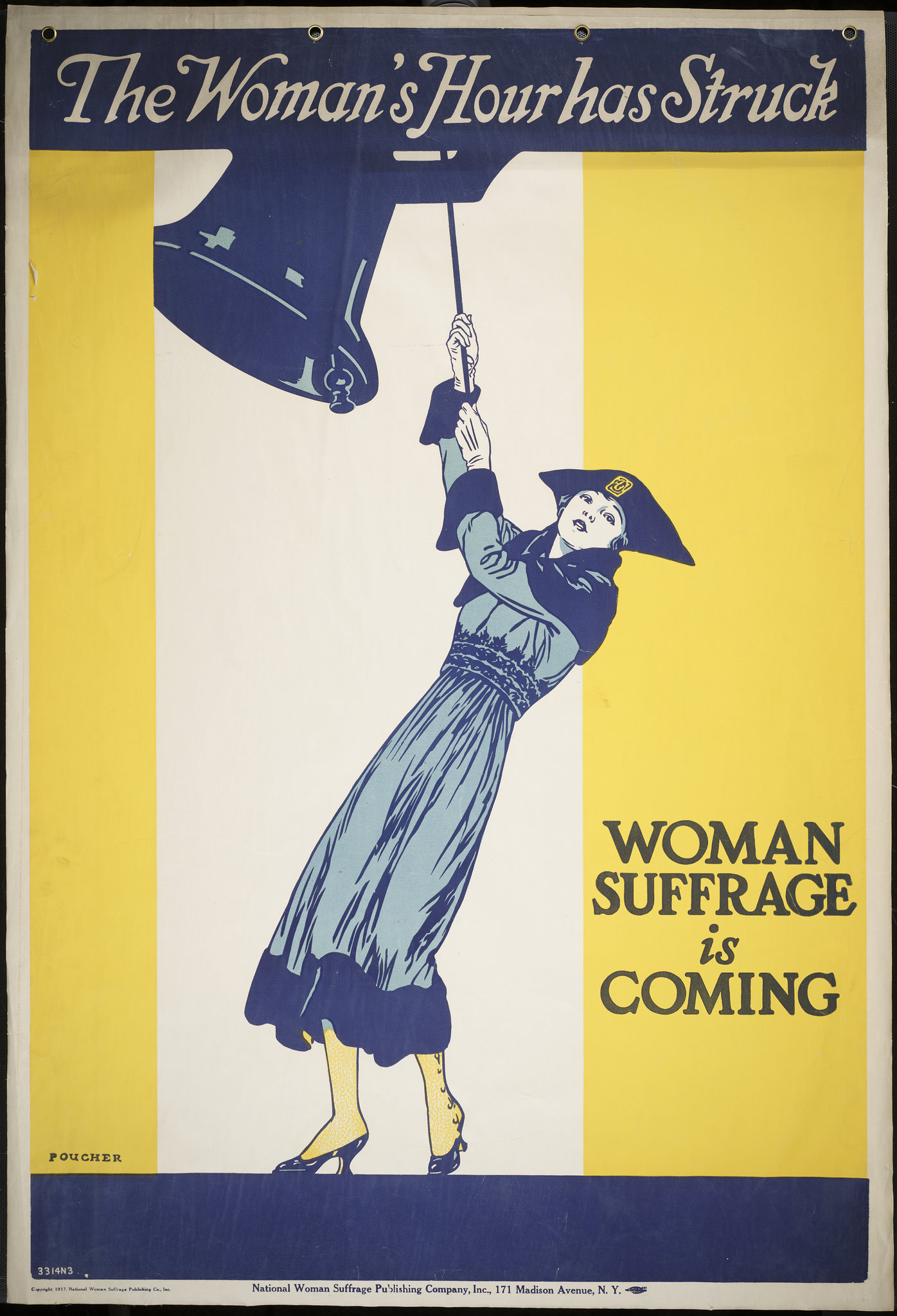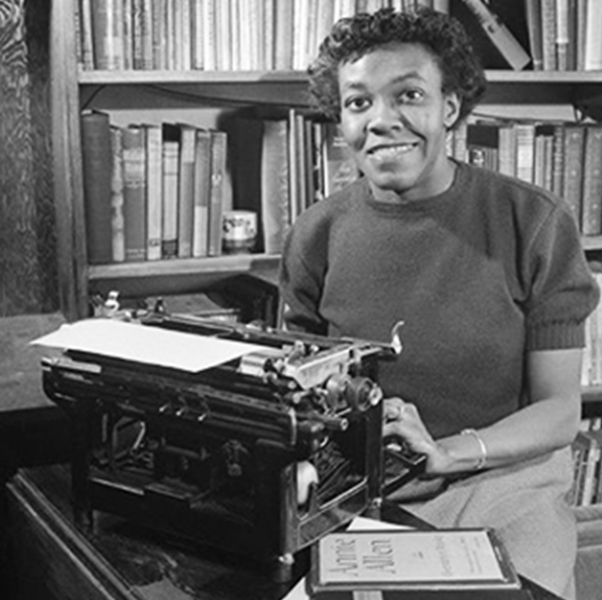Women's Rights Movement: A Historic Fight for Equality
The women's rights movement of the 19th and early 20th centuries was a pivotal battle for gender equality. Pioneering leaders organized globally and nationally to secure voting rights and challenge societal norms. Their efforts laid the foundations for modern feminism, shaping the path toward an equal society. This article explores the movement's history, key figures, and lasting impact, highlighting its ongoing relevance today.
Sponsored

The ongoing battle for gender equality traces back to the 19th century with the rise of the women's rights movement. This powerful movement challenged societal norms and demanded equal opportunities for women at both social and legal levels.
The women's rights movement aimed to secure women's suffrage— the right to vote— and eliminate gender-based discrimination. Women across countries like the U.S. and Britain established organizations to advocate for these goals.
Image Credit: glogster.com
In 1888, the International Council of Women (ICW) was established, uniting women worldwide to promote societal reforms. As the movement grew, leaders felt the need for a dedicated women's suffrage organization, leading to the formation of the International Woman Suffrage Alliance in 1904.
Prominent figures like Millicent Fawcett and Carrie Chapman Catt played vital roles in advancing women's social and political rights, shaping the course of the movement.
Women’s Rights Movement in the U.S.
The 1848 Seneca Falls Convention marked the beginning of organized women’s rights efforts in America. Led by abolitionists Lucretia Mott and Elizabeth Cady Stanton, it gained international attention, serving as a catalyst for change.
Key Facts and Impact
While 1918 saw women gain voting rights, only women over 30 owning property could vote initially. Men, including Keir Hardie, also supported the movement. Some militants trained in martial arts like Jiu Jitsu for self-defense, reflecting the movement’s intense activism.
Legacy and Modern Influence
The women's suffrage movement laid the groundwork for contemporary feminism. Today’s gender equality achievements owe much to those early efforts, marking a vital step toward a society where women can participate equally in all spheres.





